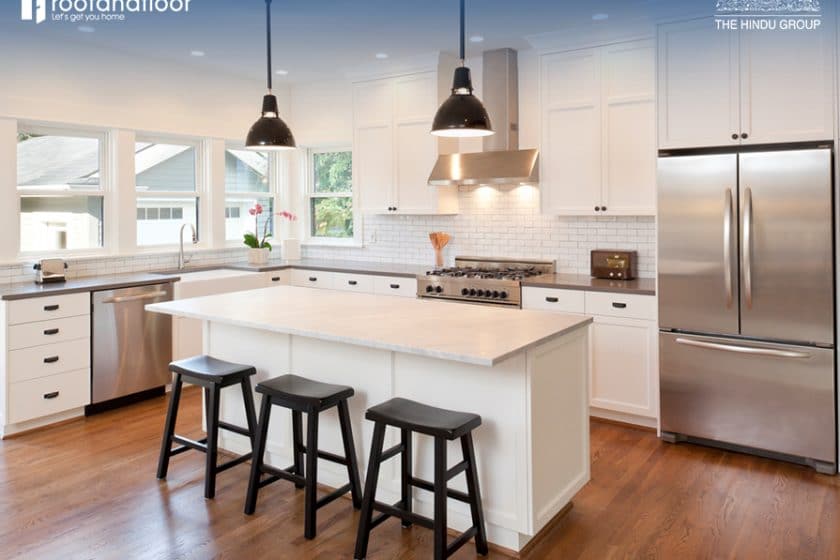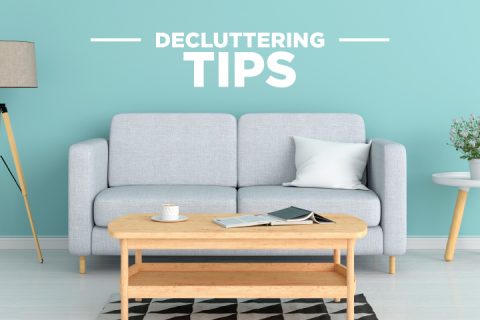Lights. Camera. Action. When it comes to home décor, lighting is probably one of the most misunderstood and underused elements. In India, our homes are often guilty of using too much white light through the ubiquitous “tubelight” or fluorescent bulb. But lighting can go beyond that.
Most people select lighting based on its design rather than type. They expect one type of lighting to do it all and often ignore that a room is divided into multiple sections, which serve different functions.
There is a place to read, to relax, to work on the computer, to share meals with family, and lot more. Therefore, it is important that the light in a particular area corresponds to its function and setting. We recommend using a combination of three types of lighting in a room: ambient, task and accent lighting.
Ambient lighting
Ambient light provides overall illumination to a room. Unlike other special lighting intended to light up a targeted area, ambient lighting creates a uniform brightness throughout the space.
Also known as general lighting, ambient lighting radiates a comfortable level of brightness that allows you to see and walk around safely without being too harsh
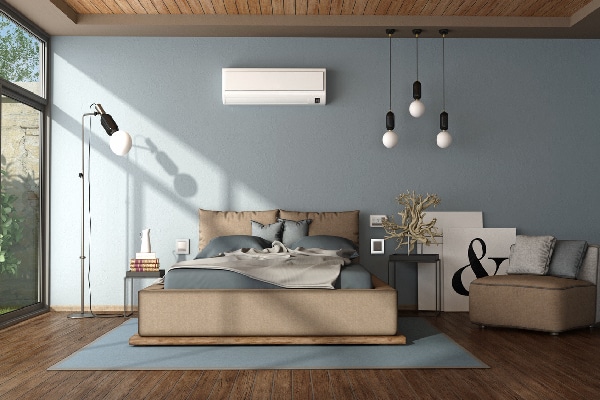
Ambient lighting is available in many forms, including:
- Wall sconces
- Ceiling-mounted lights
- Downwards direct light
- Floor-lamp torchieres
- Tube lights
- Recessed fixtures
- Chandeliers
Having a central source of lighting to illuminate the entire room is the primary step towards a good lighting plan. Keep this first when planning the décor of your home.
As the name suggests, task lighting is intended to help you perform specific tasks, such as reading, writing, painting, sewing, playing, grooming, cooking, or working.
It is used to illuminate a specific area when a brighter light is required in a smaller focal point of the room. For example, areas such as the kitchen counter, a study table or a home office desk where you need brighter light call for task lighting.
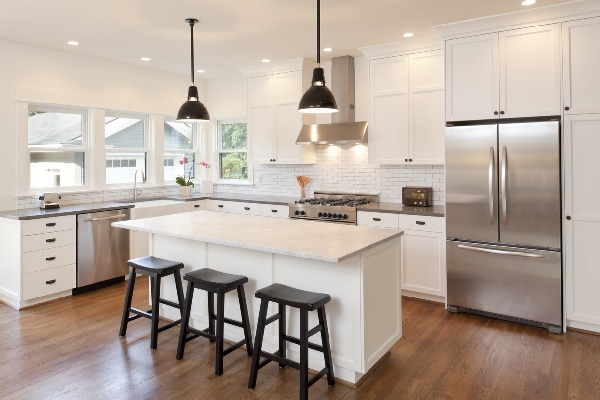
However, for more congenial lighting, it is important to avoid harsh lighting or lighting that produces too much glare. It should just be bright enough to prevent eye-strain. Also, it is practical to have a separate switch for task lighting, probably close to the work area, which is independent of the room’s overall lighting switch arrangements.
Lighting fixtures that can be used for task lighting, include:
- Directional recessed fixtures or downlights
- Pendant lighting
- Under-cabinet lighting
- Portable lamps
Accent lighting, also known as highlighting, is used to create visual interest to a particular object, such as an artwork, a sculpture, plants, or prized possessions.
It can also be used to highlight an accent wall, a brick or stone wall, outdoor landscaping or window treatments. Accent lighting is often used outdoors, especially in gardens to draw eyes towards a particular plant fountain or a landscape.
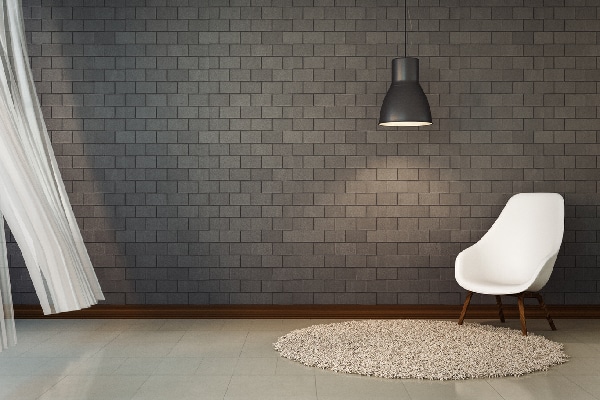
For accent lighting to stand out, it must be three times brighter as compared to the light surrounding it. Wall-mounted fixtures, track lighting, directional recessed fixture or downlights with adjustable fittings are often used for accent lighting.
Integrate all the different types of lighting
When planning the lighting arrangement of a room, it is sensible to consider ambient lighting first, followed by task and then accent lighting. Exceptions can be made for rooms that are heavily task-oriented, such as home offices or kitchen counters where you can focus on task lighting first.
Similarly, if you have a hallway that serves as a photo or art gallery, you may consider accent lighting first.
The key point is to think of how you really use a space. Once you are able to identify the usage pattern of a room, it will be extremely easy to decide where you need task lighting and accent lighting.


